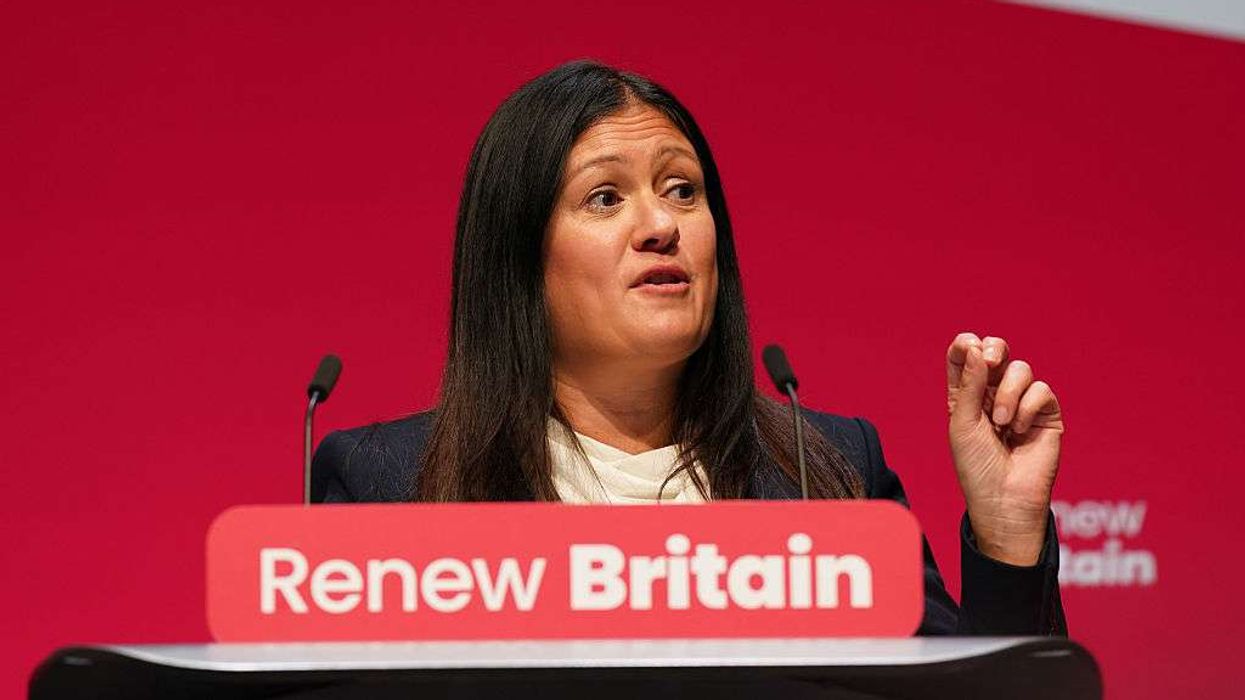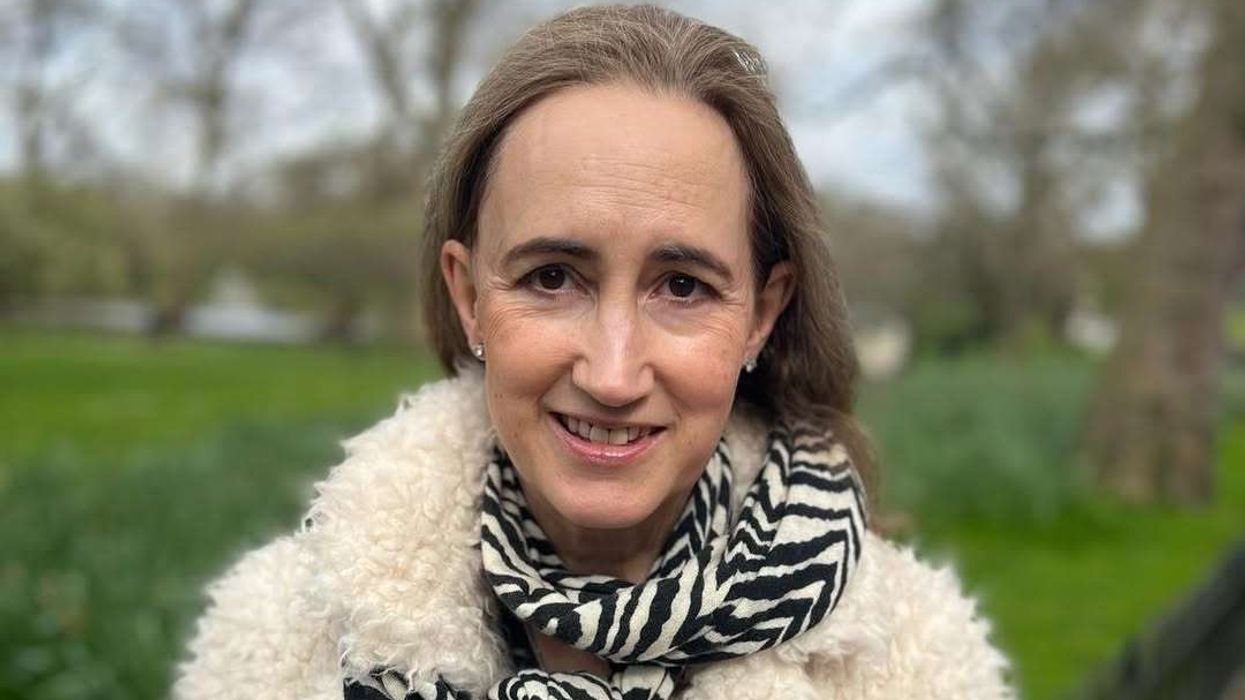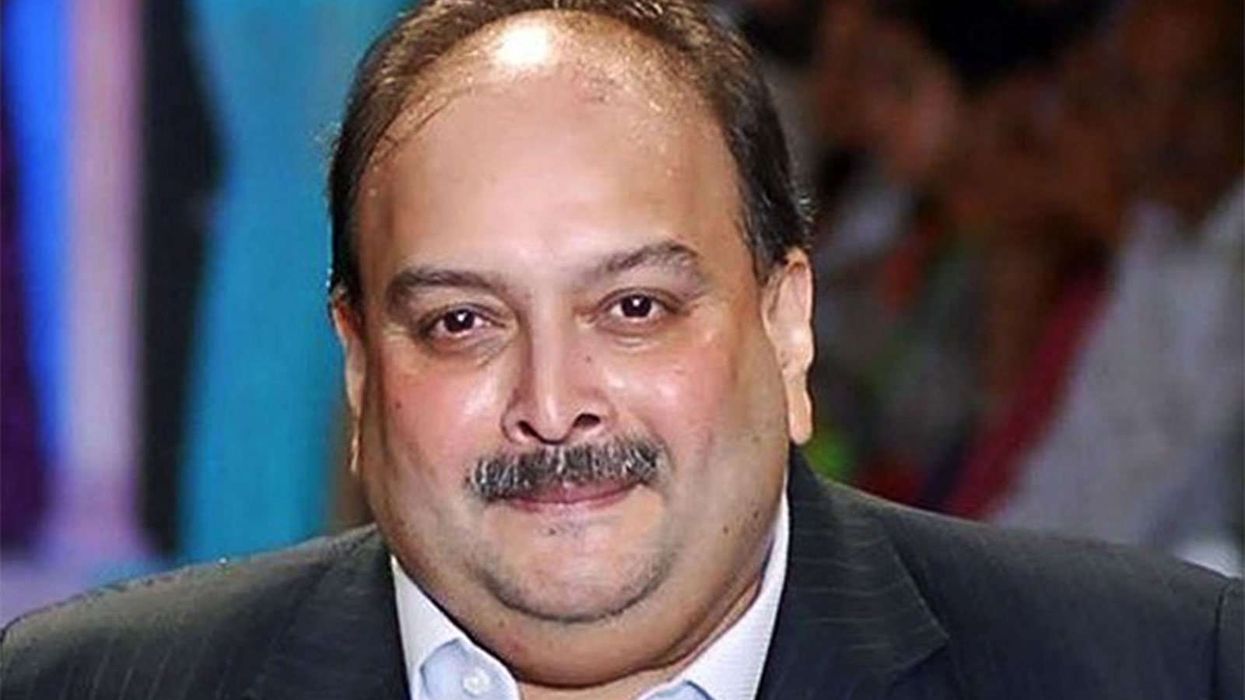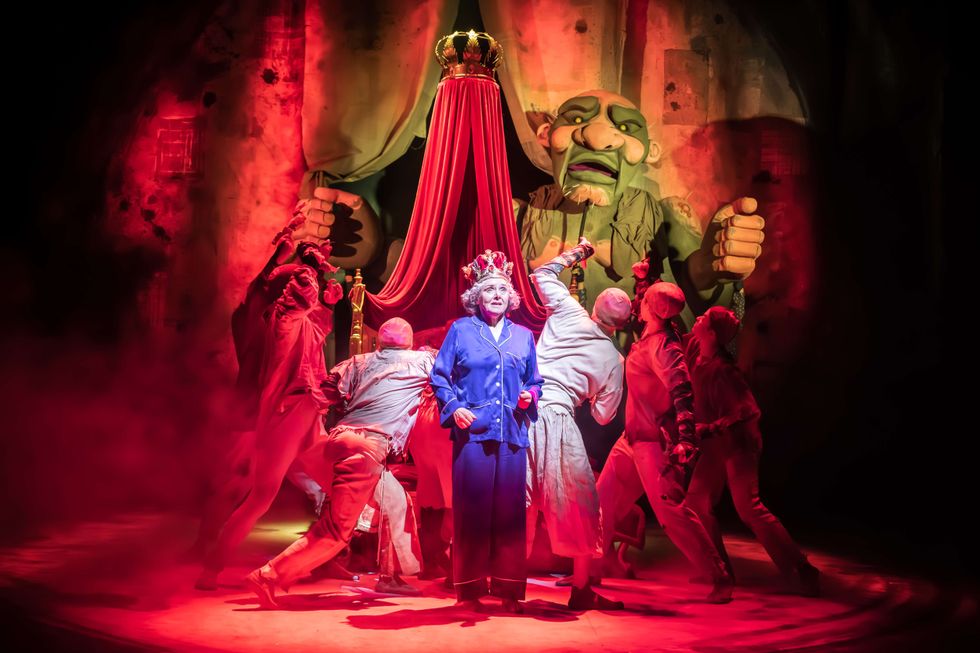Despite being around for a decade and dragged through a fixing controversy in 2013, the Indian Premier League (IPL) seems to have lost none of its lustre, as the 10th edition of the tournament gets underway on Wednesday.
Top cricketers from across the globe will share the limelight for the next month and a half with some of Bollywood's top stars who have become team owners and some of India's richest executives, who have wanted a stake in the team franchises since the tournament began in 2008.
Steve Smith, David Warner and Glenn Maxwell will lead their respective franchises in the tournament, setting aside any lingering acrimony after the recent test series between India and Australia.
The IPL, which this year runs from April 5 until May 21, has been a trailblazer of sorts, inspiring similar tournaments elsewhere and even other sports.
The cash-rich tournament ran into trouble in 2013, when a corruption scandal resulted in the suspension of the Chennai and Rajasthan franchises for two seasons and bans on three players.
The Western Indian cities of Pune and Rajkot were then inducted as home to two new franchises for two years, ending after the current season.
The England and Wales Cricket Board is also warming up to the tournament after its initial apprehension. England has recently moved closer to launching a new city-based Twenty20 tournament of its own by 2020 to rival the IPL and Australia's Big Bash League.
An unprecedented eight English players have signed up for the eight-team IPL for the 2017 season, with Ben Stokes joining Pune for a staggering 145 million rupees ($2.23 million) for one season, while Twenty20 team mate Tymal Mills was snapped up for 120 million rupees by Bangalore. The playing elevens of each team must consist of at least seven local players.
While the likes of Stokes and Mills will add sheen to the upcoming edition, the tournament has been hit by injuries following India's long 13-test home season.
Bangalore will be without captain Virat Kohli for at least the initial phase while left-arm spinner Ravindra Jadeja and paceman Umesh Yadav will miss the start of the tournament for Gujarat and Kolkata respectively.
Other injury victims include India spinner Ravichandran Ashwin and openers Murali Vijay and Lokesh Rahul.
"Every season brings new challenges," IPL veteran and Delhi spinner Amit Mishra told reporters on Wednesday.
"The game is getting faster every year. You have to adapt accordingly. This is the biggest challenge for the players."
Champions Hyderabad, captained by Warner, host Bangalore in the first match in a repeat of last season's final.





 The BFG - production images Royal Shakespeare Company/(c) Marc Brenner
The BFG - production images Royal Shakespeare Company/(c) Marc Brenner  BFG production images, directed by Daniel Evans. Royal Shakespeare Theatre, taken in November 2025.Royal Shakespeare Company/(c) Marc Brenner
BFG production images, directed by Daniel Evans. Royal Shakespeare Theatre, taken in November 2025.Royal Shakespeare Company/(c) Marc Brenner BFG production images, directed by Daniel Evans. Royal Shakespeare Theatre, taken in November 2025.Royal Shakespeare Company/(c) Marc Brenner
BFG production images, directed by Daniel Evans. Royal Shakespeare Theatre, taken in November 2025.Royal Shakespeare Company/(c) Marc Brenner





